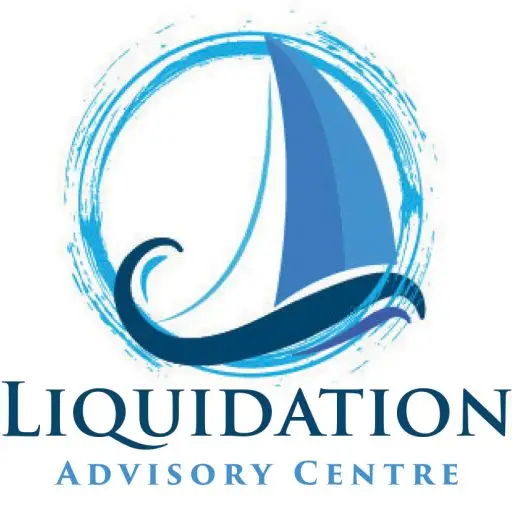Liquidation Of Company
Is the Liquidation Of a Company the Best Course of Action?
There are several reasons why businesses find themselves in financial difficulty. It can be from poor cash flow resulting from adverse economic conditions, unfavourable legal action against the company, ATO debt issues, or unpaid creditors.

Regardless, several options are available to deal with your debt concerns before official Liquidation. However, these solutions sometimes include winding down your business by going into voluntary administration or restructuring.
At the Liquidation Advisory Centre, we have the experience to guide you through these processes so you fully understand Liquidation, meaning there are no surprises.
Liquidation of Company Explained Simply
Liquidation is winding up and finalising a company’s financial affairs. Under usual circumstances, the Liquidation of company assets begins because the company cannot pay all its debts. In other words, it is insolvent. An independent and suitably qualified person, known as a liquidator, will take control of the company so that the business can wind up its affairs in an orderly and fair way for the benefit of all creditors.
What is the difference between voluntary administration and the liquidation process?
Voluntary administration via an external administrator’s appointment usually occurs when there is a possibility of continuing the company’s existence. This formal insolvency process is intended to resolve a company’s financial debt situation as quickly as possible to maximise returns to creditors. Liquidation is insolvency designed to wind up the company and its affairs. If voluntary administration fails, legally, it requires the winding up of the company.
Is Liquidation the best choice for my company’s debts?
Business debt can be challenging to manage, especially if you’re unsure of your options. No one size fits all for these types of decisions, so it’s essential to investigate the different options and circumstances before deciding which is best for your company.
- Is your company still currently in operation?
- What is the business structure sole trader, partnership, a Ltd Pty company, or trust?
- What are the debt levels that your company is currently facing?
- Are there any assets in the business?
- How are employees involved in the business?
- Does the company have any adverse legal action pending, and
- What is the outcome for the company, as well as yourself?
- What would you like to see?
The only way to fully wind up and close the business is by liquidating its assets. An independent party carries this out while protecting the interests of creditors, directors or company members and ensuring an equitable distribution of proceeds from the sale of those assets.
How is an insolvent company wound up?
- Compulsory by the court, usually when one or more creditors make an application to the courts or
- Voluntarily by resolution of the company directors to end the company’s existence.
What else can be done to clear company debts?
There are several options available to assist you in clearing your debts. There are also mechanisms to ensure any legal action against your business ceases and that employees get paid their outstanding entitlements through a government scheme. This is available even if the liquidated company does not have the money to pay its employees.
Andrew Bell Liquidation Advisor
Let’s Talk
With over 30 years of experience in debt solutions and company liquidation in Australia, Andrew can find a solution for you.
“Nothing is more satisfying to me than knowing that I’ve helped someone get back on their feet by guiding them through the liquidation process. Rest assured, you’re in good hands with me as we solve your financial problems together.”

